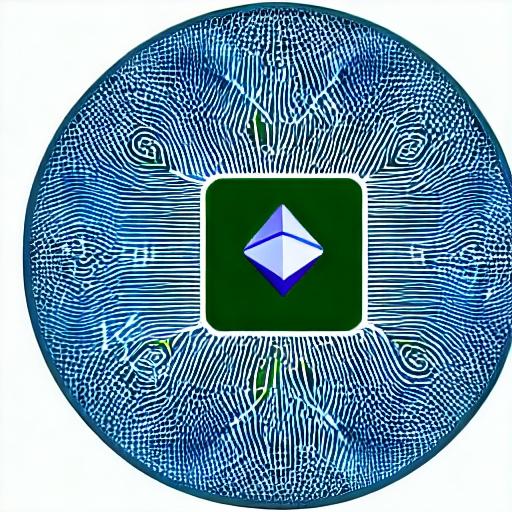In the world of cryptocurrency and blockchain technology, Ethereum stands as a trailblazer, revolutionizing the way we perceive and interact with decentralized networks. Created by Russian-Canadian programmer Vitalik Buterin in 2013, Ethereum was built with the ambitious goal of creating a platform for the development of decentralized applications (DApps) and smart contracts. Today, Ethereum has established itself as the second-largest cryptocurrency by market capitalization, second only to Bitcoin.
Buterin’s journey towards the creation of Ethereum began with his fascination for Bitcoin, the pioneering cryptocurrency. While Bitcoin served as a decentralized digital currency, Buterin envisioned a more versatile platform that could enable a broader range of applications beyond just financial transactions. This led him to conceptualize Ethereum as a decentralized computer that could execute programmable contracts, known as smart contracts.
After publishing the Ethereum whitepaper in late 2013, Buterin gained the attention and support of numerous developers and enthusiasts who were captivated by the platform’s potential. In 2014, Buterin founded the Ethereum Foundation, a Swiss nonprofit organization, to further develop and promote the Ethereum platform. The Foundation organized a crowdsale, raising over $18 million in Bitcoin to fund the project.
Ethereum’s mainnet, the live version of the platform, was launched on July 30, 2015, marking a significant milestone in the development of blockchain technology. Unlike Bitcoin, which primarily serves as a digital currency, Ethereum aims to be a decentralized platform that enables the creation of a wide range of decentralized applications. These applications can range from simple games and social media platforms to complex financial instruments and governance systems.

One of the key innovations introduced by Ethereum is the concept of smart contracts. A smart contract is a self-executing contract with the terms of the agreement directly written into the lines of code. These contracts automatically execute transactions and perform actions based on predefined conditions, eliminating the need for intermediaries. Smart contracts have the potential to revolutionize industries such as finance, supply chain management, and real estate by reducing costs, increasing efficiency, and eliminating fraud.
Another significant aspect of Ethereum is its focus on developer-friendliness. The Ethereum Virtual Machine (EVM), a runtime environment for executing smart contracts, allows developers to write decentralized applications in multiple programming languages. This versatility has attracted a vast community of developers, resulting in a thriving ecosystem of DApps and protocols built on the Ethereum platform.
As Ethereum gained popularity, it faced challenges, most notably scalability issues and network congestion. To address these concerns, Ethereum is undergoing a major upgrade called Ethereum 2.0, also known as Serenity. This upgrade aims to transition Ethereum from a proof-of-work consensus mechanism to a more energy-efficient proof-of-stake consensus mechanism. By implementing sharding, a technique that divides the Ethereum network into smaller parts, Ethereum 2.0 aims to improve scalability and increase transaction throughput.
Ethereum’s impact extends far beyond the realm of cryptocurrency. Its revolutionary nature has inspired the development of countless blockchain projects and has opened up new possibilities for decentralized applications and smart contracts. As Ethereum continues to evolve and overcome its challenges, it has the potential to shape the future of technology and decentralization.
